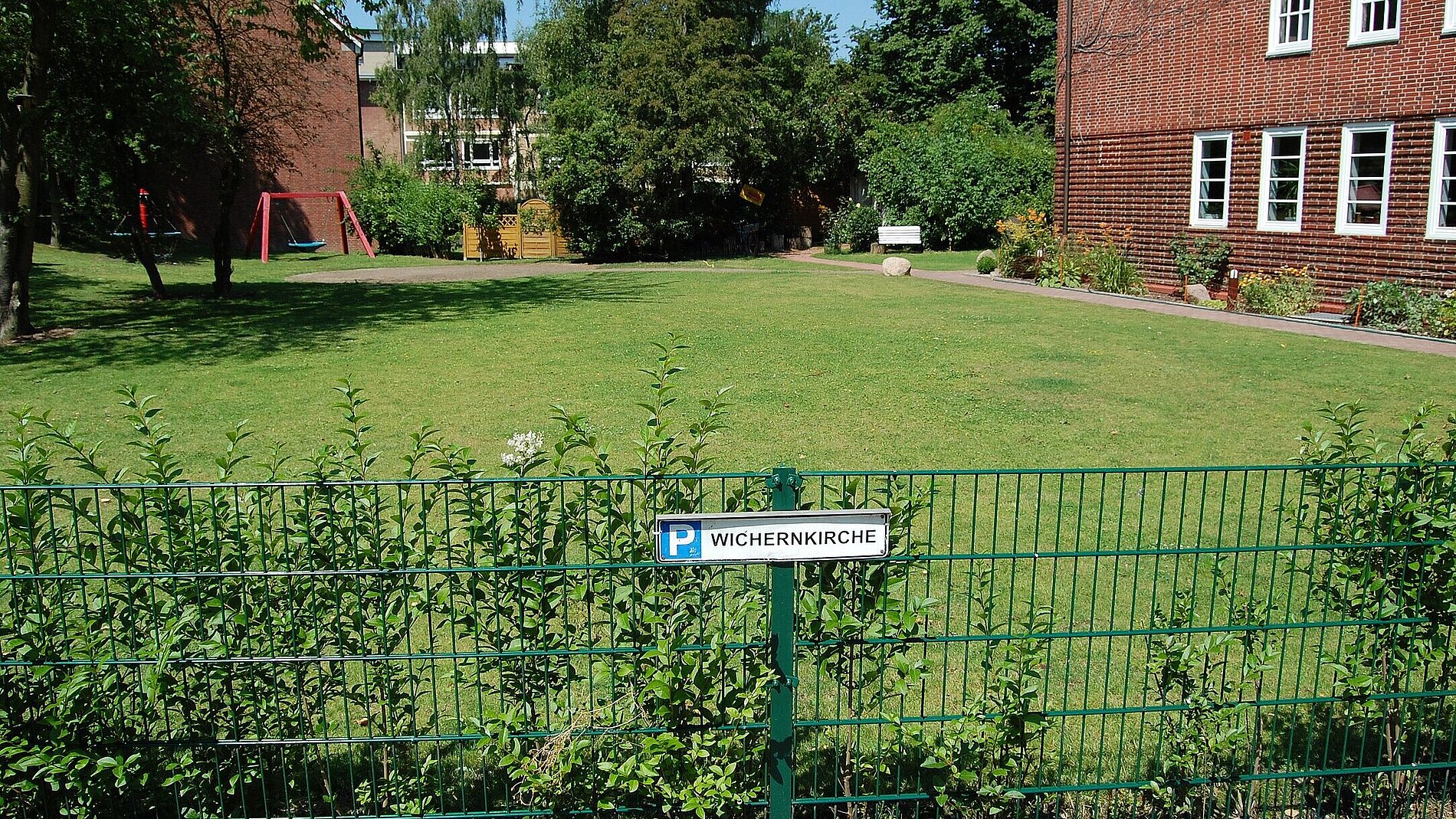Hamburg Bunker Museum
By 1943, more than 1,000 bunkers had been built in Hamburg. Most were in residential areas without enough cellar space or shelters to protect the population. From 1939 onwards, 363 Röhrenbunker or ‘tube bunkers’ were built to provide protection to a total of over 60,000 people. Tube bunkers are tubular concrete structures that have been sunk into the ground. People seeking shelter would enter the bunker through a small, above-ground structure. The bunkers were not intended to be occupied for long periods of time because they only had dry toilets, poor heating and lighting, and a hand-cranked machine for ventilation. Tube bunkers also did not offer much protection; they could protect against bomb shrapnel and falling rubble, but not against a direct bomb hit.
Bunker Museum
The underground bunker at Wichernsweg 16 was built in 1940/1941. It had space for 200 people in its four concrete tubes, each of which was 2 metres wide and 17 metres long. This bunker and the one on Tarpenbekstrasse are the only two tube bunkers that are accessible to the public. A permanent exhibition opened on 1 October 1997 in the bunker, which was restored to its original state and fitted with replica furnishings. The exhibition explains the history of air-raid protection, describes various kinds of air-raid shelters, and documents the destruction of the Hamm and Hammerbrook districts of Hamburg in July 1943 as well as the aerial attacks on London. A variety of personal items from people affected by the bombings are also on display. The exhibition is managed by the Stadtteilarchiv Hamm, a local history association.
Contact
Stadtteilarchiv Hamm
stadtteilarchiv@hh-hamm.de
http://hh-hamm.de/bunkermuseum/
Opening hours:
Thursday 10am to 12pm and 3pm to 6pm.
Last admission: 5.15pm
Guiding tours:
After agreement possible


